An overview and mapping of relevant trends related to the Metaverse, created with the Reply Sonar Trend Platform.
)
20+ Metaverse Platforms
A first look at the market opportunities
The expansion of the metaverse
Though the idea of the metaverse only gained widespread, public attention in recent years, the concept has been around for a lot longer. Some popular, early iterations of so-called metaverses came in the form of online games. Now, the idea of the metaverse has expanded and evolved, and many companies are developing their own metaverses: integrating spatial computing features like VR, AR, or MR, selling digital space, building on blockchain technologies, or creating 3D worlds.
Monitoring the metaverse market
Drive for the metaverse comes from its potential for business value and how its core features can enhance business offerings. Monitoring current key players can offer insight into how companies are currently integrating the metaverse into their business strategy as well as their objectives for future metaverse use.
Our evaluation considered 22 metaverses and catalogued their vendor, business model, communication features, supported platforms, and strengths.
)
Key criteria to monitor
Given that the metaverse does not have one, unified definition, there are many iterations of what a metaverse can be. This evaluation aimed to understand which core features were prominent in each metaverse and how each platform was intended to be used. Platforms were subsequently assessed to determine which were their strongest or most distinct features.
VR/AR/MR
compatibility
World-building or other
creative tools
Digital assets (cryptocurrencies, NFTs, digital real estate)
Avatar
customizability
Avatar movement synchronization
and spatial audio
Multimedia file
sharing
2D
compatibility
Deep dive into
"20+ Metaverse Platforms"





















;Resize,width=1660)